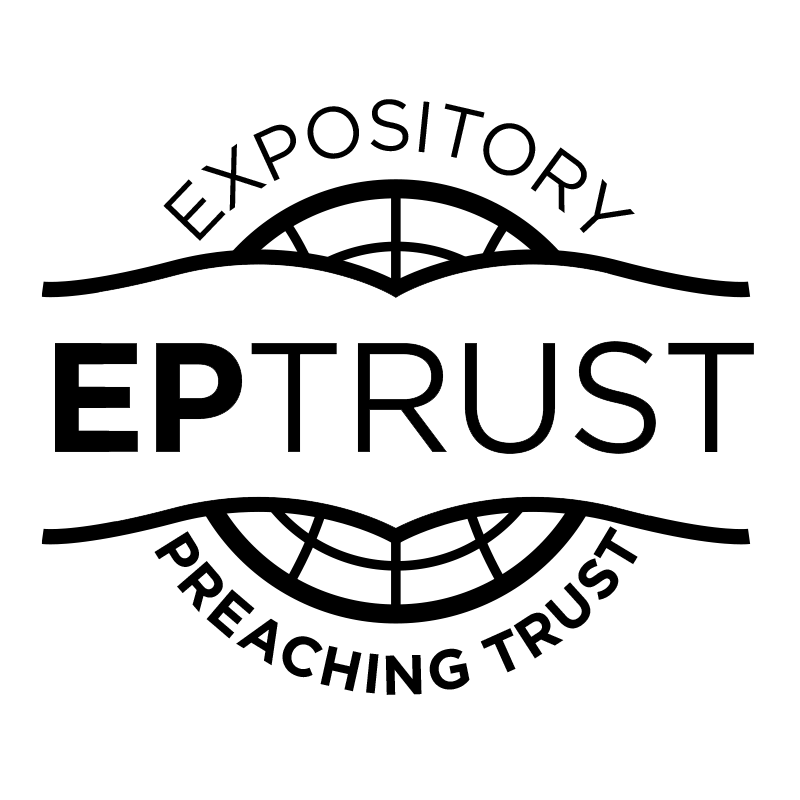With the Reserve Bank struggling to contain inflation and households facing cost of living pressure and retirees looking for return on capital, it is a good time to think about investment and preaching preparation.
There are two vital areas of investment which will yield healthy returns.
First, invest in understanding the text. This, of course, is a given.
Observe use of adjectives, verbs, tenses and take special note of commands and the nearby reason given to keep the command.
Make sure you are giving attention to context and that difficult sayings are understood. Conduct a dialogue with yourself about text meaning so that you anticipate the very questions your audience would want answered.
Reduce the thought of your passage to a one statement or big idea. Haddon Robinson quotes Jowett in his Yale lectures as saying that this is the most demanding part of sermon preparation.
The authority is in your text so immerse yourself in it and make sure you anticipate every difficulty you audience will have with it.
I found it helpful to get on the phone and talk to a friend about the text, there are lots of retired theologians and College lecturers around and I have found they like nothing better than a good chat over a text of Scripture!
Second, invest heavily in your introduction.
This is where you show people the relevance of what is to follow.
Heavy investment in 1 above, without an equivalent investment here will lead to wastage.
People need to be engaged to listen.
Billy Graham spent one third of his sermon marketing the question which the big idea of the text is answering.
I have not preached a sermon, which in my opinion, would not have been stronger with a bigger investment here. Marketing your big question will pay dividends.
Lazy beginnings like, ‘today we come to Luke 13 having dealt with Luke 12 last week’, or, ‘Why did Luke write Acts’, are not engaging, the first doesn’t engage, the second doesn’t interest.
Look at the first sentence of your sermon, does it engage?
Think about the angle you take to enter the sermon and then, as Dick Lucas says, referring to the golfer, ‘don’t wiggle on the tee brother’, get to the text.
Let’s assume I am preaching a series on Acts and begin in Luke 1:1-4 and Acts 1:1-8, the question being answered is : Why did Luke write Acts?
But I need a more engaging, marketable question than that.
Luke says that he has done his research and presented an orderly account so that his patron, Theophilus, might have certainty concerning the things he has been taught.
A more engaging question might be: Where can certainty be found? How can you be certain?
What is so vital about being certain?
By teasing out the issue of certainty and by looking at the effect of its opposite, uncertainty, hopefully I am developing expectation in the audience to listen to the explanation of the text.
Investing in the introduction is respectful to the audience, not making the presumption that they will automatically listen.
At our Lather and Shave Preaching clubs in Abbotsford, Armidale, Sutherland and Wahroonga we invest time in helping one another market the question which leads to the faithful explanation of God’s word.
If you would like to join a club, we have space at Abbotsford and Sutherland, good coffee, food and fellowship freely available, and best of all, a vital investment in your preaching ministry.
David Cook


